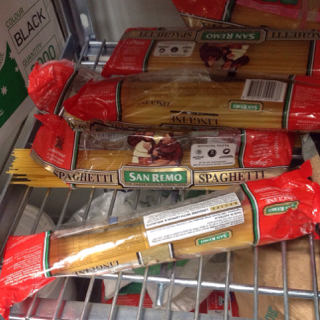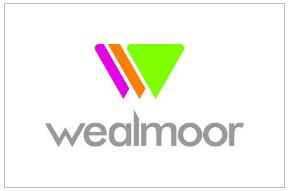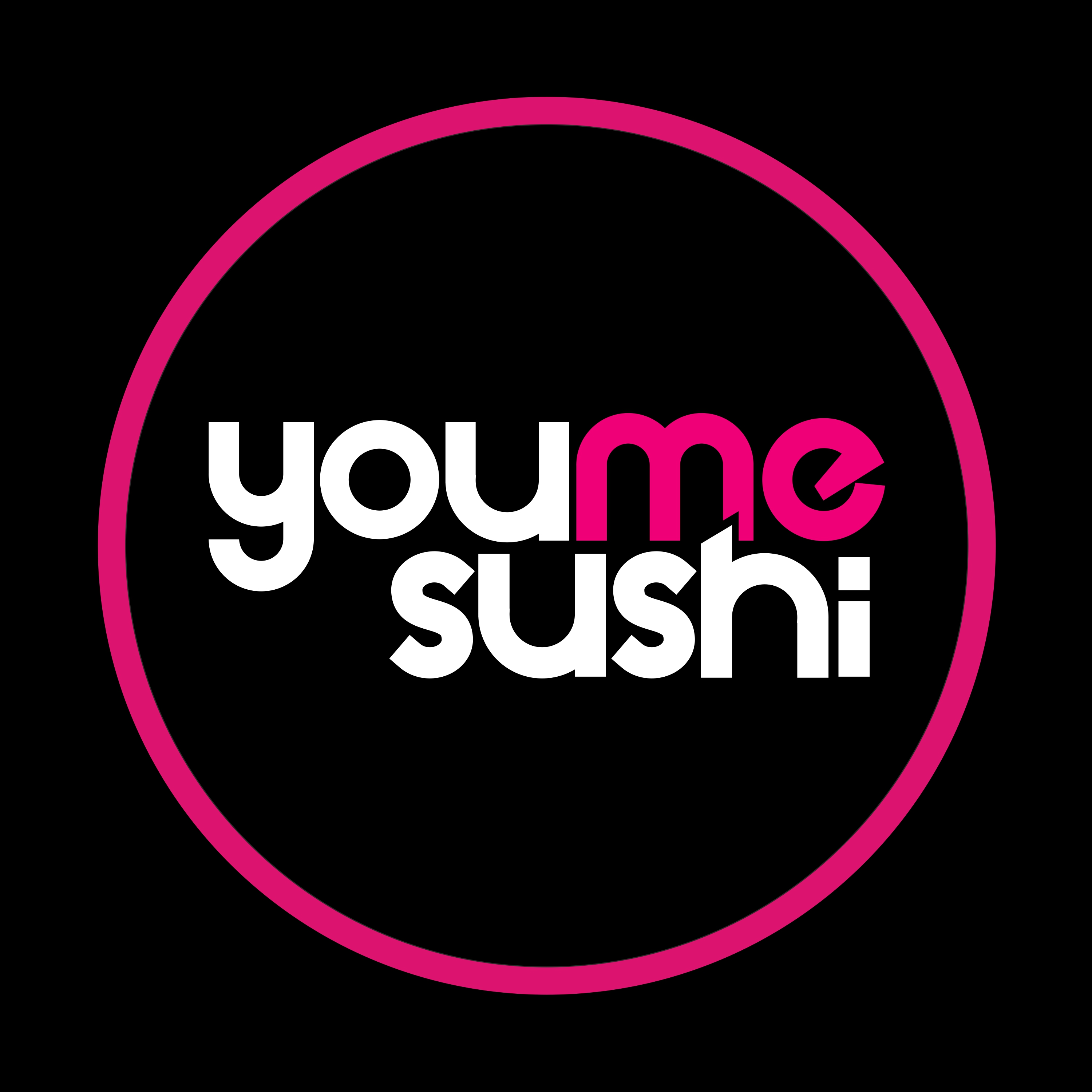Information
-
Document No.
-
Audit Title
-
Client / Site
-
Conducted on
-
Prepared by
-
Location
-
Personnel
Food Safety Team
-
Are site personnel aware who the Food Safety Team are as defined in the Food Safety Program?<br>(ask a selection of personnel in the workplace if they are aware. The should be able to name the Food Safety Supervisor as a minimum)
-
Do members of the Food Safety Team know what their responsibilities include?<br>(Ask the designated members on site what their responsibilities are. Responsibilities include: Developing and maintaining the food safety plan, updating the HACCP manual as required, analysing and improving procedures and implementing effective controls to manage food safety risks)
Food Handler Training
-
Have food handling staff received the required training as per the Staff Training Program?<br>(Evidence of the below training must be available on site)<br>Chef Manager - HACCP based - Food Safety Supervisor, 9 Food Safety Essential Training<br>Catering Assistant - 9 Food Safety Essentials Training<br>Kitchen Hand - 9 Food Safety Essentials Training
-
Does the site have an up to date Training Matrix that includes Food Safety Training?<br>(An electronic copy of the Matrix must be observed by the auditor and training validity verified for a selection of personnel)
Hygiene of Food Handlers
-
Do staff understand their responsibilities (outlined below) with regards to their own health whilst working in food handling areas? <br>(Ask a selection of food handling personnel)<br>Any food handler who is suffering from gastroenteritis, fever, septic sore throat, vomiting or has been in contact with someone known to have these symptoms or Hepatitis A must:<br>Report this to their supervisor<br>Not work with food if there is any chance they could contaminate it.<br>Any food handler suffering or suspected of suffering from or exhibiting symptoms of a food borne or viral disease will not be permitted to work where they might contaminate food.
-
Do staff understand their responsibilities (outlined below) with regards to their own hygiene whilst working in food handling areas?<br>(Ask a selection of food handling personnel)<br>- Correct hand washing techniques<br>- Avoid contaminating food or food contact surfaces<br>- Do not eat or chew gum in food prep areas<br>- Do not sneeze, cough or blow noses over exposed food<br>- Wear clean clothing<br>- Cover hair with hair net or hat<br>- Use disposable gloves<br>
Menu Design
-
Consultation of menu writing was undertaken with client, Site Manager and Operations Manager?<br>(Observe approval of menu design by client and Operations Manager)<br>
-
Allergen Declaration Forms are being completed for each service?<br>(observe completed forms)
-
Allergen Declaration cards are present at meal service times?<br>(observe service area at meal times)
Ordering and Purchasing
-
Does the site have an approved supplier list?<br>(list must be available to manager either electronic or hard copy)
-
Is the Approve Supplier List current?<br>(Up to date with the current suppliers used)
Receival
-
Are staff aware of the food receival procedures?<br>(ask a selection of staff if they understand the procedures)<br>- Chilled and Frozen food must have the temperature checked on arrival prior to accepting it from the transport company.<br>- Frozen food must be completely solid and chilled food must be less than 5 degrees Celsius<br>- If temperatures are greater than this, the supervisor must be contacted and the food rejected for receival.
-
Are receival temperature logs being completed for every food delivery?<br>(observe completed logs)
Storage
-
Dry storage areas are kept clean?<br>(visually inspect all dry storage areas for cleanliness, walls, shelves and floor must be in a clean state)
-
Product in dry storage areas are kept sealed?<br>(visually inspect product packaging in dry store)
-
Stock rotation is being maintained following the first in first out principle?<br>(inspect dry storage areas to ensure this is being undertaken)
-
Cold storage areas re kept clean including walls, shelving and floors?<br>(visually inspect cold storage areas)
-
Weekly temperature logs are being completed for each cold storage area?<br>(Inspect temperature logs to ensure they are being completed)<br>
-
Raw food is being stored separate to cooked food?
-
No food is being stored directly on the floor?<br>(must be elevated off the floor)
-
Chemicals are stored separately from any food products?
-
All products are being stored in either their original packaging or food grade containers?
-
Day Dot process has been implemented and is being used?<br>(Speak with staff to ensure they understand the Day Dot Process, Inspect food storage areas to observe day dots)
Thawing
-
Food is thawed in a temperature controlled environment (coolroom or microwave if being cooked immediately)?<br>(ask staff what the thawing process is, inspect thawing / defrost area)
-
All products are dated when removed from the freezer for thawing as per the Food Storage Life Guideline or the use by date of the product (whichever comes first)?<br>(inspect food that has been removed from the freezer for thawing)
-
All food is completely defrosted prior to cooking?<br>(speak with staff, inspect food that has been defrosted)
Preparation
-
Food preparation areas are kept clean and sanitised?<br>(inspect food prep areas, ask staff what the cleaning and sanitisation process is)
-
Raw foods are not prepared in areas where cooked food is being kept?<br>(inspect food preparation areas)
-
Partially prepared foods are stored below 5⁰C (covered and labelled) until they are required?<br>(inspect food storage areas)
-
All raw fruit and vegetables with edible skins are washed and cleaned thoroughly prior to preparation?<br>(speak with staff, ask what the food cleaning processes are)
-
Easily identifiable utensils and equipment is used for preparation of raw foods and they are washed, sanitised and dried prior to use?
-
Food preparation equipment is not made from timber or unsealed wood?<br>
Cooking
-
Temperatures for ALL High Risk Cooked Foods are checked prior to service?<br>(Inspect cooking temperature logs)
-
Meat is cooked in accordance with the Safe Food Cooking Guide? (staff must understand these requirements)<br>Speak with staff, aks what the temperatures are.<br>Beef, Lamb, veal, pork and fish: 63c Minimum<br>Chicken and Turkey: 74c Minimum<br>Minced meat, sausages and fresh ham: 71c Minimum<br>
-
Samples of potentially hazardous food items are taken and stored for a minimum of 7 days?<br>(Observe the stored food samples)
Chilling
-
Food is chilled as per the Cater Care Chilling / Cooling Foods Procedure?<br>(look at the procedure and match it up with the processes being undertaken on site)
-
Staff understand the 2 hour / 4 hour rule for chilling food (outlined below)?<br>Ask staff what the rule is.<br>Core temperature from 60⁰C to 21⁰C within 2 hours.<br> Within further 4 hours from 21⁰C to 5⁰C
Reheating
-
Food is reheated as per the Reheating Foods Procedure?<br>- Foods can be reheated in the microwave, oven/convotherm oven or by any other method as long as the internal temperature reaches the minimum requirement of 75ºC within one hour.<br>- The Food Safety Standards require you to reheat potentially hazardous food that you are going to hold hot e.g. in a bain-marie, rapidly and display or store it at 60ºC or hotter.
-
A cooking/cooling/reheating log is maintained at site?<br>Observe the log and ensure it is being used.
Holding
-
Hot food is held at a minimum of 60 degrees and cold food at a minimum of 5 degrees?<br>Observe the individual temperature logs in the kitchen and dining room<br>Food must not be out of temperature specifications for more than 4 hours. If 4 hour time frame breached, food to be discarded.
-
Food thermometers are calibrated regularly as per the Calibration of Thermometer SWI?<br>Check records of calibration.
Service
-
Cold Food is served as per the 2/4 hour rule or < 5⁰C ?<br>Check the cold bain log for evidence.
-
Hot Food is served as per the 2/4 hour rule from Cooking/Reheating or kept above 60 degrees?<br>Check the hot bain temp log for evidence.
-
Food is disposed of immediately if:<br>It has passed its expiry date;<br>It has been recalled;<br>It has been damaged or temperature abused during storage;<br>It does not meet specifications, and it will be returned to the supplier.<br>
Delivery
-
A meal delivery temperature log is maintained?<br>Observe paperwork.
-
Food being delivered is covered with cling wrap or an appropriate food cover?<br>Ask staff what the process is<br>inspect an example of food being delivered.
-
Upon arrival food is >60⁰C for hot or <5⁰C for cold or is consumed within a four hour period from time of cooking as per 2/4 hour rule?<br>Ask staff what the process is on site following delivery of food.<br>Check delivery temp log.
Clean-up
-
Dishwasher rinse cycle must achieve 82⁰C minimum?<br>Check temperature log of dishwasher.
-
All items are dry prior to being put away?<br>Check storage areas.
-
No tea towels are being used for drying purposes?<br>Inspect kitchen areas.
-
Food grade detergents are being used in the washing sanitation process?<br>Check chemical supplies and use in the kitchen.
-
A cleaning schedule and checklist is available and being maintained for the facility?<br>Check the schedule for evidence.<br>
Hazard Analysis and Control
-
Is the Food Safety Supervisor aware of the Hazard Analysis Table?<br>The should know how to access it<br>They should know how to read it.
Maintenance Issues
-
A Maintenance Program has been implemented to ensure that the food service premises and equipment do not create food safety hazards through poor upkeep?<br>Ask the site manager about a maintenance program for kitchen facility and equipment<br>Observe the maintenance program
-
Is there a means to report maintenance issues to the client for repairs and is it being utilised?<br>
-
Faulty equipment is tagged out of service and has been reported to the client?
Pest Control
-
The facility has a pest control program in place managed by a licensed pest controller?<br>Observe evidence of the program and the controllers details.
-
The facility has a pest sighting record that is being utilised?<br>Observe the pest sighting record.
-
There is no evidence of pests inside the food service facility?<br>Inspect the food facility.
Auditing
-
Monthly Data Station audits are being conducted and are identifying issues?<br>Review audits in Data Station.
-
Actions are developed for issues identified during auditing and actions are closed out within the given time frame?<br>
Reports of Possible Food Poisoning
-
The food poisoning procedure is understood by all food handling personnel?<br>Ask staff about the process and ensure they understand.<br>They should be able to communicate the process if this occurs.
Customer Compliments and Complaints
-
A process is in place for customer compliments and complaints?<br>Observe the process
-
Customers are provided with feedback for any complaints submitted?<br>Look at a complain in the system and see how it was handled.
Food Safety Support
-
The site personnel are aware of the corporate support available for Food Safety?












